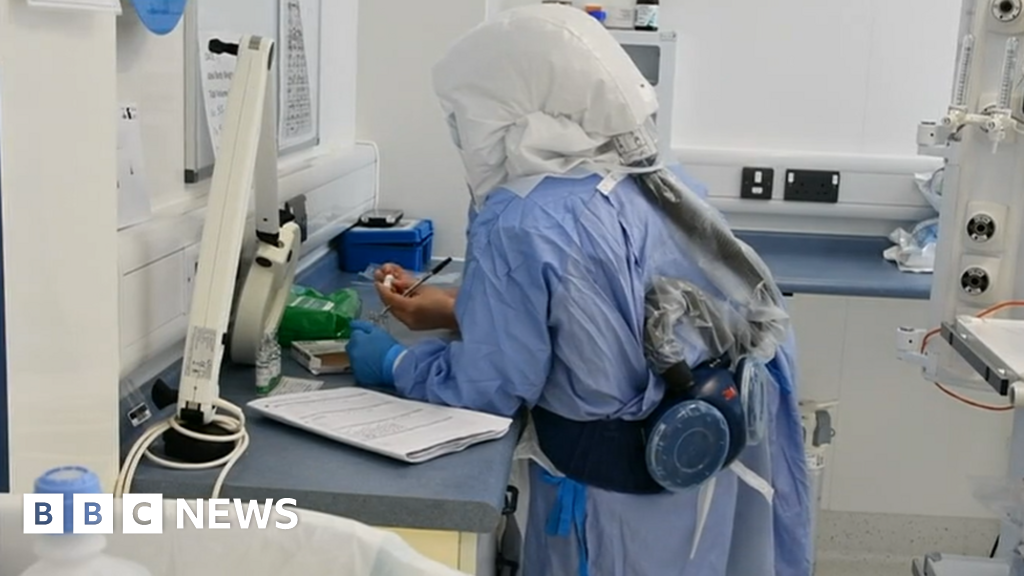Prof Kloer, a former medical director and also a respiratory doctor, said the hospital was opened in 1959 and had a lack of side rooms, very poor ventilation and no air conditioning.
To meet Covid safety guidelines around bed spacing, would have meant losing 113 out of 388 beds at the hospital.
But they created partition walls to help separate patients.
Although the nursing ratio was one to 24 patients on general wards, there were support staff in place for “wrap around” care.
Another 113 beds were provided at a field hospital at a local leisure centre and bowling alley “which looked and felt exactly like a hospital.”
But he acknowledged staff were working under extreme pressure.
Prof Kloer said experiences documented in a staff survey in 2021 “were very difficult to read”.
It found there had been anxiety over the working environment, with some having sandwiches in their cars during breaks and one reporting crying in a cupboard under the stairs.
There was a shortage of toilet facilities, rest rooms and other staff facilities at Glangwili.
He admitted that there may have also been issues around communication about how to access the stock of personal protective equipment (PPE) after a member of staff complained about being “told off” for ordering visors.
Prof Kloer said to his knowledge, although there were challenges in the summer of 2020, PPE stocks never fell below a two-week supply.
But he admitted with a surge they could have run out and there was “significant concern” for staff.

